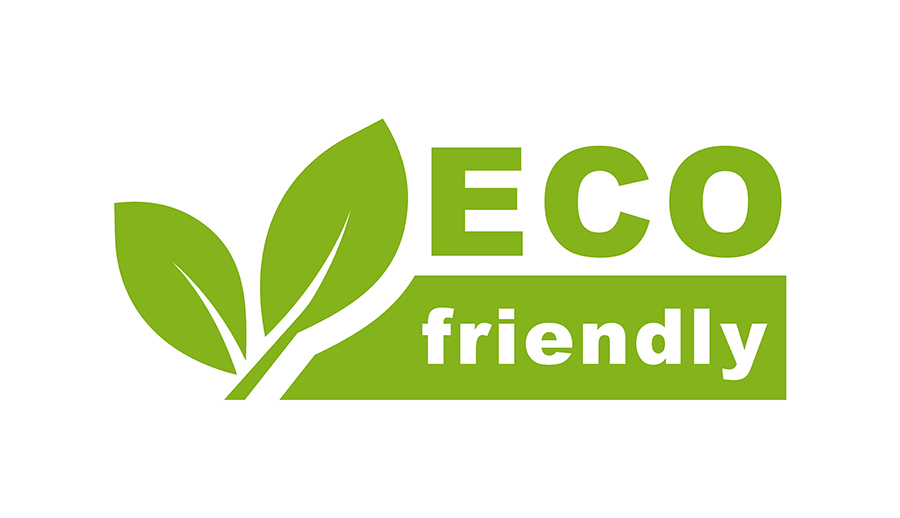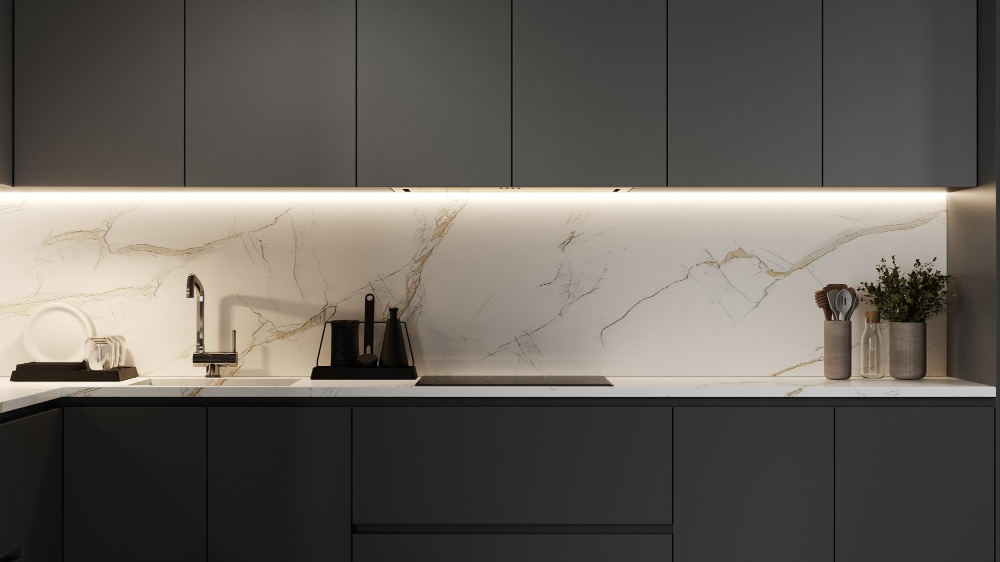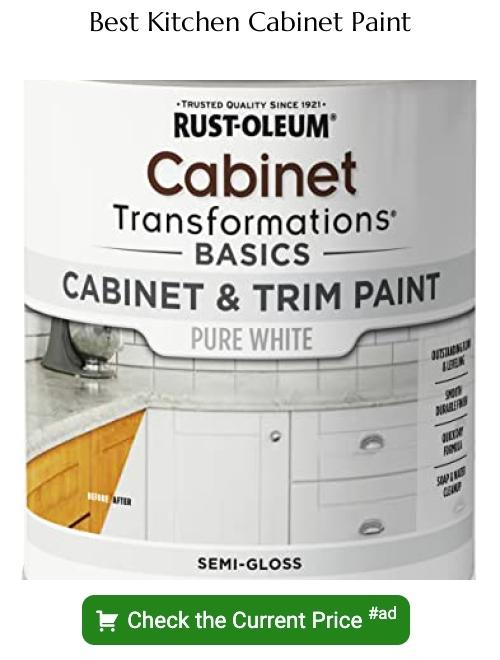Last updated on
Discover the essential differences between acrylic and lacquer kitchen cabinets as we delve into their unique features, benefits, and drawbacks to help you make an informed decision for your dream kitchen.
When it comes to choosing the perfect kitchen cabinets, there are a plethora of options available in the market. However, two of the most popular choices are acrylic and lacquer cabinets.
While both look stunning and offer various benefits, they have their unique set of advantages and disadvantages. As a seasoned home decorator, I have worked with both types extensively and can provide valuable insights into which one would be best for your kitchen.
In this article, we will delve deep into the world of acrylic vs lacquer kitchen cabinets – comparing their features, durability, maintenance requirements and more – so that you can make an informed decision when selecting your dream kitchen cabinets!
What's Inside
Acrylic Kitchen Cabinets Overview

These cabinets are made from high-quality acrylic material that is durable, easy to clean, and resistant to scratches and stains. Acrylic kitchen cabinets come in various colors, patterns, textures, and finishes that can complement any design style – from contemporary to traditional.
One of the main advantages of acrylic kitchen cabinets is their ability to mimic the appearance of other materials such as wood or stone without compromising on durability or maintenance requirements. They offer excellent resistance against moisture damage which makes them ideal for use in humid environments like kitchens.
Another benefit of acrylic cabinetry is its versatility when it comes to customization options. You can choose between glossy or matte finishes depending on your preference; you can also opt for textured surfaces if you want more depth and dimensionality.
Types of Acrylic Cabinets

There are two types of acrylic cabinets: extruded and laminated. Extruded acrylic is made by melting the material into a mold, while laminated acrylic involves layering sheets of the material onto MDF or particleboard.
Extruded acrylic is more durable than its counterpart as it has no seams or joints that can weaken over time. It also has better resistance to scratches, chips, and cracks compared to other materials like wood or laminate.
Laminated acrylic cabinets offer more customization options in terms of color choices and patterns since they use printed films on top of the base layer instead of being limited by what can be molded into shape during production.
Lacquer Kitchen Cabinets Overview

Lacquer is a type of finish that creates an ultra-smooth, glossy surface on the cabinet doors and drawers. It is made by dissolving nitrocellulose or acrylic resin in solvents such as lacquer thinner or acetone.
One of the main advantages of lacquer cabinets is their versatility when it comes to color options. They can be painted with any color, including metallic shades like gold or silver, which makes them perfect for creating unique designs that match your personal style.
However, one drawback of lacquered finishes is that they tend to show scratches more easily than other types of finishes like acrylics. This means you need to be careful when cleaning them so as not to damage the surface.
Types of Lacquer Finishes

There are two types of lacquer finishes: nitrocellulose and catalyzed. Nitrocellulose lacquers have been used for decades, but they tend to yellow over time, making them less desirable in modern kitchens.
Catalyzed lacquers, on the other hand, use a chemical catalyst that makes them more durable and resistant to scratches than nitrocellulose ones.
Catalyzed lacquers come in two varieties: pre-catalyzed and post-catalyzed. Pre-catalysed is mixed with the catalyst before application while post-catalysed has separate hardener added after application.
Both types of catalytic finish offer excellent durability against moisture damage as well as resistance against fading or discoloration from UV light exposure.
Comparison of Appearance

Acrylic cabinets have a glossy finish that gives them an ultra-modern feel, while lacquer cabinets come in various finishes such as matte or high-gloss. Lacquer also has more color options than acrylic, making it easier to match with other elements in your kitchen.
Acrylic is known for its clarity and transparency which makes it perfect for creating glass-like surfaces on cabinet doors. On the other hand, lacquered surfaces are opaque but can be finished with different textures like matte or gloss depending on your preference.
In terms of texture, both types of finishes provide smoothness but differ slightly in their tactile experience when touched. Acrylic feels smoother than lacquer because there are no visible brush strokes or seams between panels due to its seamless construction process.
Color and Varieties of Both Finishes

Acrylic cabinets come in various colors, including solid colors like white, black or grey as well as metallic finishes such as gold or silver. They can also be made with patterns that mimic wood grain or other textures.
On the other hand, lacquer cabinets are available in an array of glossy shades ranging from bright reds to deep blues. Lacquered finishes have a high shine that gives them an ultra-modern look which is perfect for contemporary kitchens.
Both types of finishes can be customized according to your preferences by mixing different pigments together during the manufacturing process. This allows you to create unique hues that match your kitchen’s decor perfectly.
Customization Options

Acrylic cabinets can be customized in various ways, including adding textures or patterns to the surface, creating unique shapes and sizes for cabinet doors or drawers. On the other hand, lacquer finishes are highly customizable as well; they can be painted in any color you desire and come with different sheen levels such as matte or high gloss.
One significant advantage of acrylic cabinets is that they allow for more flexibility when it comes to customization options than their lacquer counterparts. With acrylics’ ability to mimic natural materials like wood grain patterns while still maintaining its durability makes them an excellent choice if you want a specific look without sacrificing quality.
Lacquered finishes also provide ample opportunities for personalization by allowing homeowners to choose from an extensive range of colors that suit their style preferences best. These finishes have varying degrees of shine which gives homeowners even more control over how much light reflects off their cabinetry surfaces.
Both types offer plenty of possibilities when it comes down customizing your kitchen’s aesthetic appeal – whether through texture variations on one end (acrylic) or color/shine level adjustments on another (lacquers).
Durability and Lifetime

Both acrylic and lacquer finishes are known for their long-lasting properties, but there are some differences in terms of their lifetime. Acrylic cabinets have a longer lifespan than lacquer ones due to the material’s inherent strength and resistance to scratches, stains, and fading over time.
They can withstand daily wear-and-tear better than lacquer finishes without losing their shine or color vibrancy.
On the other hand, while lacquer cabinets may not last as long as acrylic ones due to its softer nature; they still offer excellent durability when properly maintained. Lacquered surfaces require more care compared with acrylics since they tend to chip or scratch easily if exposed frequently.
Surface Toughness

Both acrylic and lacquer finishes are known for their durability, but they differ in terms of surface toughness. Acrylic cabinets have a harder surface than lacquer ones, which makes them more resistant to scratches and dents caused by daily wear and tear.
On the other hand, lacquer finishes tend to be softer than acrylics; hence they may show signs of wear over time.
However, this does not mean that one finish is better than the other when it comes down solely on surface toughness as both types can withstand normal use without any significant damage or deterioration if maintained correctly.
Maintenance and Cleaning

There are some differences in how you should clean them.
Acrylic cabinets can be easily cleaned with a soft cloth or sponge dipped in warm water mixed with mild soap. Avoid using abrasive cleaners or scrubbers as they can scratch the surface of the finish.
Avoid using ammonia-based products as they may cause discoloration over time.
Lacquer finishes are more delicate than acrylics and require gentle handling during cleaning to prevent damage to their glossy surface. Use a soft microfiber cloth dampened with water or mild detergent solution for wiping down lacquered surfaces gently.
In general, it is best not to let spills sit on either type of cabinet finish for too long before wiping them up promptly since prolonged exposure could lead to staining or discoloration over time.
Maintenance Requirements

The type of cleaning required for each finish is different.
Acrylic cabinets are relatively easy to clean as they do not absorb moisture or stains easily. You can use a soft cloth with mild soap and water solution or a non-abrasive cleaner to wipe down the surface regularly.
Avoid using abrasive cleaners that may scratch the surface.
On the other hand, lacquer finishes require more delicate handling as they are prone to scratches and chips if exposed to harsh chemicals or rough surfaces. To keep your lacquer cabinets looking new for longer periods, you should avoid using abrasive cleaners such as scouring pads or steel wool when wiping them down.
It’s essential always to dry off any spills immediately before they have time penetrate into either finish causing damage over time.
Cost Differences

Generally, acrylic cabinets are more expensive than lacquer ones due to their superior quality and durability. Acrylic is a high-end material that offers excellent resistance against scratches, stains, and fading over time.
On the other hand, lacquer finishes are less expensive but require frequent maintenance to maintain their shine.
While both options have different price points based on the type of finish you choose or customization options you add-on; in general terms – if budget isn’t an issue for your dream kitchen renovation project – then investing in high-quality acrylic cabinets would be worth it as they offer better longevity with minimal upkeep requirements compared to cheaper alternatives like Lacquered Cabinets.
However, if cost-effectiveness is your primary concern while still wanting a sleek look for your kitchen space- then opting for Lacquered Cabinets can be an ideal choice as they provide similar aesthetics at lower costs without compromising much on functionality or durability factors.
Environmental Impact

Both finishes have their unique set of pros and cons in terms of sustainability.
Acrylic cabinets are considered more eco-friendly than lacquer ones as they are made from a type of plastic called polymethyl methacrylate (PMMA), which can be recycled. The manufacturing process for acrylic cabinets produces less waste compared to other materials like wood or metal.
On the other hand, lacquer finishes contain volatile organic compounds (VOCs) that can harm both human health and the environment. These chemicals evaporate into the air during application and curing processes, contributing to air pollution.
However, some manufacturers offer low-VOC options for those who prioritize sustainability.
Pros and Cons of Acrylic Cabinets

Like any other material, acrylic has its own set of pros and cons that you should consider before making your final decision.
Pros:
- Acrylic is highly durable and resistant to scratches, stains, and moisture.
- It is available in various colors with high gloss or matte finishes.
- Acrylic cabinets are easy to clean with just soap water or mild detergent.
- They do not fade over time due to UV exposure.
Cons:
- Acrylic can be expensive compared to other materials such as laminate or wood veneer.
- It may show fingerprints easily if the surface isn’t cleaned regularly
- The glossy finish can highlight imperfections on the cabinet’s surface more than matte finishes would.
- While it resists scratches well overall; deep gouges cannot be repaired without replacing an entire panel
Pros and Cons of Lacquer Cabinets

Like any other material, they have their pros and cons that you should consider before making your final decision.
Pros:
- Lacquer cabinets offer an ultra-smooth finish that gives them a high-end look.
- They come in various colors and finishes, including matte or glossy options.
- Lacquer is highly durable and resistant to scratches, dents, stains or fading over time.
- It’s easy to clean with just soap water without damaging the surface of the cabinet.
Cons:
- The application process can be complicated as it requires multiple coats of lacquer paint which increases installation costs
- Lacquered surfaces are prone to chipping if hit by hard objects such as pots or pans
- The chemicals used during the manufacturing process may emit harmful fumes into your home environment
Overall lacquered kitchen cabinets provide an elegant appearance but require careful handling due to its delicate nature.
Making the Decision

By considering your personal preferences and requirements for your dream kitchen, you can make an informed decision that will leave you satisfied in the long run.
If durability is a top priority for you, then acrylic cabinets may be the better option as they are more resistant to scratches and dents than lacquer finishes. On the other hand, if customization options are important to you or if budget is a concern – then lacquer might be more suitable.
It’s also essential to consider maintenance requirements when making this decision. Acrylic requires less upkeep but may show fingerprints easily while Lacquers require regular cleaning but offer greater resistance against stains.
Installation Tips

While professional installation is always recommended, if you’re a DIY enthusiast and want to take on the challenge yourself, here are some tips for installing acrylic or lacquer kitchen cabinets:
1. Measure twice: Before starting any installation work, make sure to measure your space accurately and double-check all measurements.
2. Assemble before mounting: It’s easier to assemble all cabinet parts before mounting them onto walls.
3. Use a leveler: Ensure that each cabinet is levelled correctly using a spirit leveler.
4. Securely mount wall cabinets first: Start by securely mounting wall-mounted units first as they will support base units later in the process.
5. Install base units next: Once upper cabinetry has been installed successfully, move onto lower cabinetry such as drawers and cupboards.
6.Use appropriate hardware- Make sure you use appropriate screws or bolts while fixing these heavy-duty items into place.
Popular Brands and Suppliers

You want to ensure that you are investing in high-quality products that will last for years to come. Some of the most popular brands for acrylic cabinets include Fabuwood, Ultracraft, and J&K Cabinets.
These companies offer a wide range of styles and colors at affordable prices.
For lacquer finishes, some top-rated brands include Poggenpohl, Scavolini USA Inc., and Pedini Miami. These manufacturers specialize in creating sleek modern designs with high-gloss finishes that add a touch of luxury to any kitchen.
It’s important to do your research before making a purchase decision as there are many suppliers out there who may not provide quality products or services. Look for reviews from previous customers online or ask friends who have recently renovated their kitchens about their experiences with different suppliers.
FAQ
Is lacquer better for kitchen cabinets?
Yes, lacquer is better for kitchen cabinets due to its toughness, longevity, and resistance to chipping and flaking compared to enamel paint.
What finish is best for kitchen cabinets?
The best finish for kitchen cabinets is semi-gloss paint because it provides some sheen, reflects light, and offers more durability in a kitchen environment.
Is acrylic good for kitchen cabinet?
Yes, acrylic is good for kitchen cabinets due to its heat- and water-resistant properties, making it suitable for hot and humid environments.
What is the most durable finish for kitchen cabinets?
The most durable finish for kitchen cabinets is a catalyzed conversion varnish, as it is chemical and moisture resistant, easy to clean, and highly flexible.
How do the maintenance requirements of acrylic and lacquer kitchen cabinets differ?
Acrylic kitchen cabinets require regular cleaning with a damp cloth and mild detergent, while lacquer kitchen cabinets need to be wiped with a dry cloth to avoid moisture damage.
What are the environmental effects of using acrylic and lacquer finishes on kitchen cabinets?
Acrylic and lacquer finishes on kitchen cabinets can contribute to air pollution and environmental damage due to the emission of volatile organic compounds (VOCs) during their application and curing process.
How does the cost of acrylic kitchen cabinets compare to that of lacquer kitchen cabinets?
Acrylic kitchen cabinets generally cost more than lacquer kitchen cabinets.





